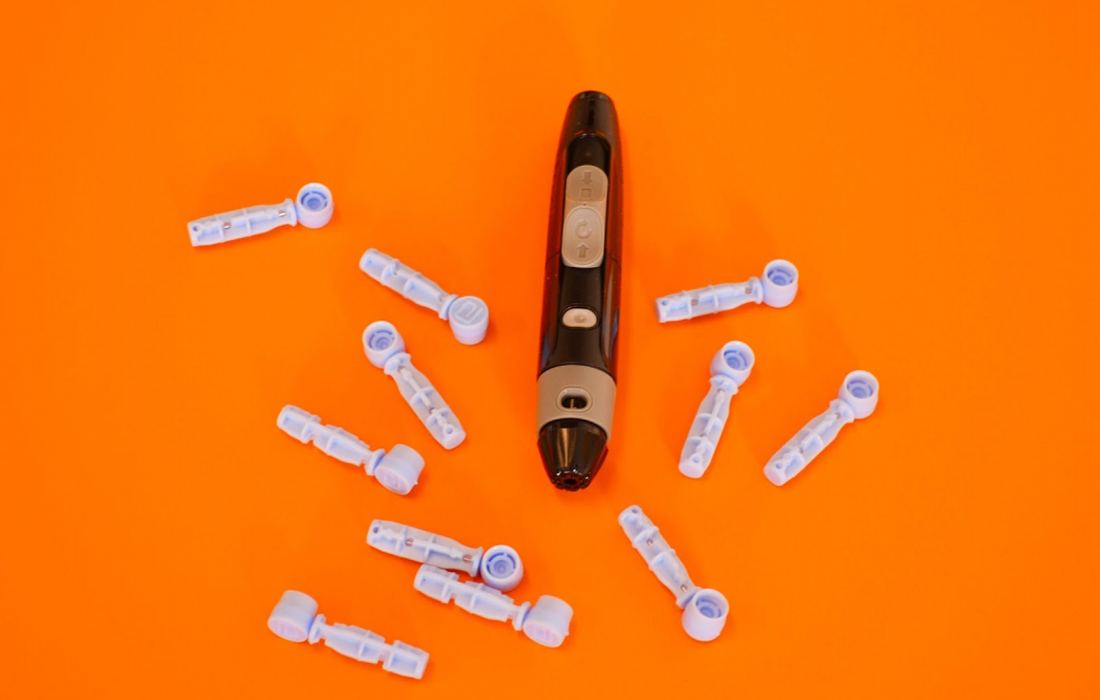Regenerative Medicine News and General Information
Too Much Insulin Can Be as Dangerous as Too Little
Insulin is an essential treatment for type 1 diabetes and often for type 2 diabetes, as well. One hundred years of research have greatly advanced medical and biochemical understanding of how insulin works and what happens when it is lacking, but the reverse, how potentially fatal insulin hyper-responsiveness is prevented, has remained a persistent mystery.
In a new study, a team of scientists describe a key player in the defense mechanism that safeguards us against excessive insulin in the body.
“While our body finely tunes insulin production, patients who are treated with insulin or drugs that stimulate insulin secretion often experience hypoglycemia, a condition that if gone unrecognized and untreated can result in seizures, coma and even death, which collectively define a condition called insulin shock” said senior study author Michael Karin, PhD.
In the new study, Karin, first author Li Gu, PhD, and colleagues describe “the body’s natural defense or safety valve” that reduces the risk of insulin shock.
That valve is a metabolic enzyme called fructose-1,6-bisphosphate phosphatase or FBP1, which acts to control gluconeogenesis, a process in which the liver synthesizes glucose during sleep and secretes it to maintain steady supply of glucose in the bloodstream.
Children born with a rare, genetic disorder in which they do not produce sufficient FBP1 can also remain healthy and live long lives.
But in other cases, when the body is starved for glucose or carbohydrates, an FBP1 deficiency can result in severe hypoglycemia.
Compounding and confounding the problem, FPB1 deficiency combined with glucose starvation produces adverse effects unrelated to gluconeogenesis, such as an enlarged, fatty liver, mild liver damage and elevated blood lipids or fats.
To better understand the roles of FBP1, researchers created a mouse model with liver specific FBP1 deficiency, accurately mimicking the human condition. Like FBP1-deficient children, the mice appeared normal and healthy until fasted, which quickly resulted in the severe hypoglycemia and the liver abnormalities and hyperlipidemia described above.
Gu and her colleagues discovered that FBP1 had multiple roles. FBP1 had a second non-enzymatic but critical function: It inhibited the protein kinase AKT, which is the primary conduit of insulin activity.
“Basically, FBP1 keeps AKT in check and guards against insulin hyper-responsiveness, hypoglycemic shock and acute fatty liver disease,” said first author Gu.
Working with Yahui Zhu, second author of the study, Gu developed a peptide derived from FBP1 that disrupted the association of FBP1 with AKT and another protein that inactivates AKT.
“This peptide works like an insulin mimetic, activating AKT,” said Karin. “When injected into mice that have been rendered insulin resistant, a highly common pre-diabetic condition, due to prolonged consumption of a high-fat diet, the peptide (nicknamed E7) can reverse insulin resistance and restore normal glycemic control.”
Sources:
Li Gu, Yahui Zhu, Kosuke Watari, Maiya Lee, Junlai Liu, Sofia Perez, Melinda Thai, Joshua E. Mayfield, Bichen Zhang, Karina Cunha e Rocha, Fuming Li, Laura C. Kim, Alexander C. Jones, Igor H. Wierzbicki, Xiao Liu, Alexandra C. Newton, Tatiana Kisseleva, Jun Hee Lee, Wei Ying, David J. Gonzalez, Alan R. Saltiel, M. Celeste Simon, Michael Karin. Fructose-1,6-bisphosphatase is a nonenzymatic safety valve that curtails AKT activation to prevent insulin hyperresponsiveness. Cell Metabolism, 2023; DOI: 10.1016/j.cmet.2023.03.021
University of California – San Diego. “Too much insulin can be as dangerous as too little.” ScienceDaily. ScienceDaily, 21 April 2023. <www.sciencedaily.com/releases/2023/04/230421195027.htm>.
Images from:
Photo by Diabetes Magazijn.nl
https://unsplash.com/photos/7pomsk3sj6w

